Extreme traveling
With around 219 million passengers every year, the Shanghai Hongqiao train station in eastern China is one of the largest train stations in the world. It resembles a labyrinth, the secrets of which only a few people know – Zhu Hongyan is one of them.
Visiting One of the Largest Train Stations in the World
There are ten minutes left before the express train to Beijing leaves the station when a young woman rushes up to Zhu Hongyan. The train is scheduled to leave from platform eight and the enormous hall has disoriented the woman. Zhu explains where she needs to go and accompanies her a few feet in the right direction. With her suitcase in hand, the woman races off towards the ticket barrier and only just makes it before the doors close.
Zhu Hongyan is actually the deputy head of the Shanghai Hongqiao train station cleaning team. But her job often requires her to improvise. She shows passengers where to go. She helps them when they have lost their mobile phones or even when they need medical attention. Her job title may say she’s a manager, but she’s invisible to most. Yet at the same time, at a train station that is considered to be one of the biggest in the world, she is indispensable.
Up to 45 hours on the train
Every day, the Shanghai Hongqiao train station welcomes around 400,000 travellers. They come from all over China and speak 300 different languages, as well as local dialects. From here, passengers travel all over the country. A train journey to Kunming, which is roughly 1,550 miles away, takes up to 36 hours. A trip to Ürümqi, 3,500 miles away, takes 45 hours. For this reason, many travellers bring enough food for several days with them, packed in plastic bags. Stands offer local delicacies: tofu marinated in tea, roasted chilli peanuts and dried plums. Plus sweetened green tea and cola. Sometimes train tickets are sold out days in advance. Passengers arrive early so they don’t miss their train and then like to sleep for a few hours before heading off, often with their heads resting on suitcases amidst the bustle.
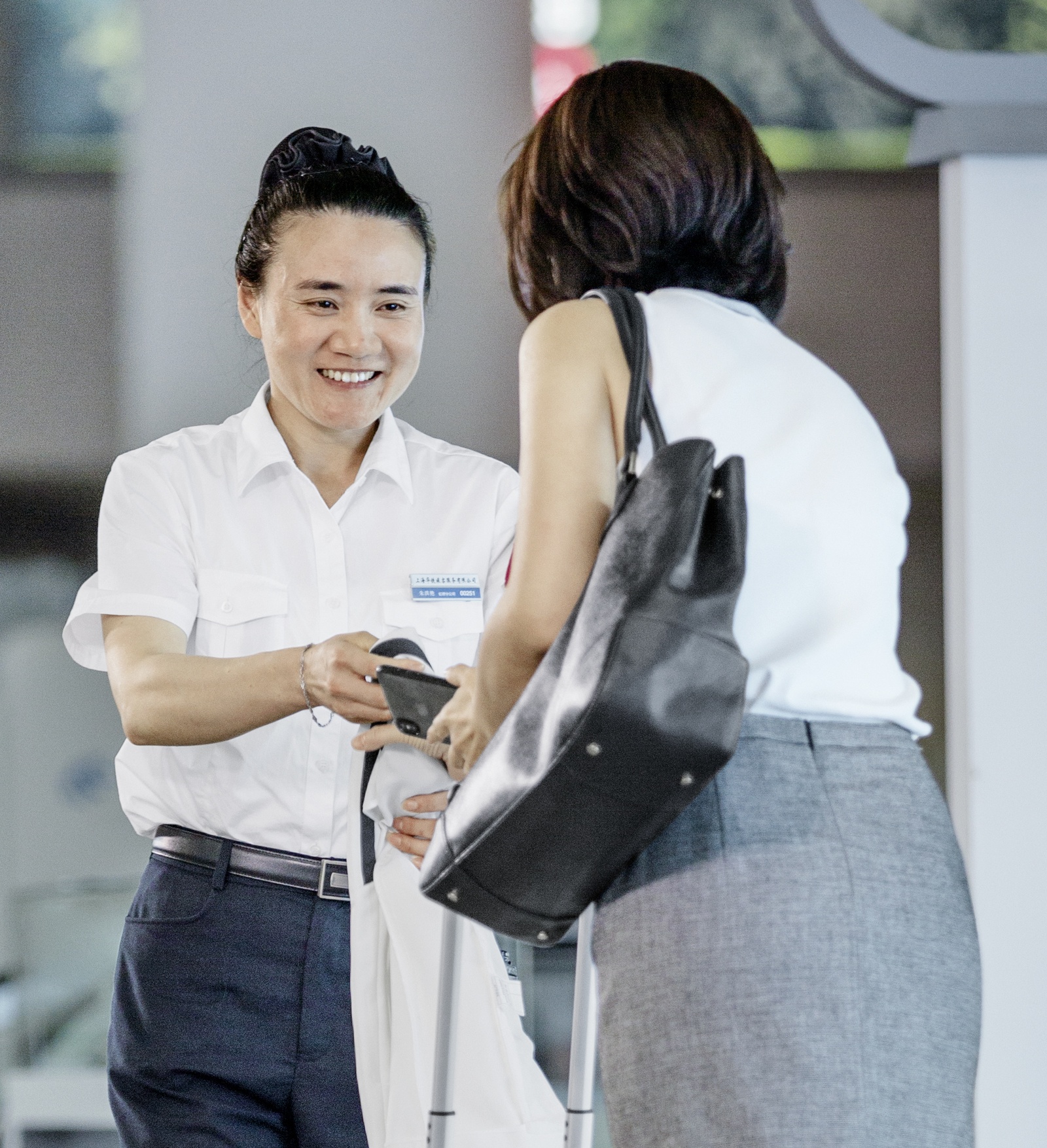
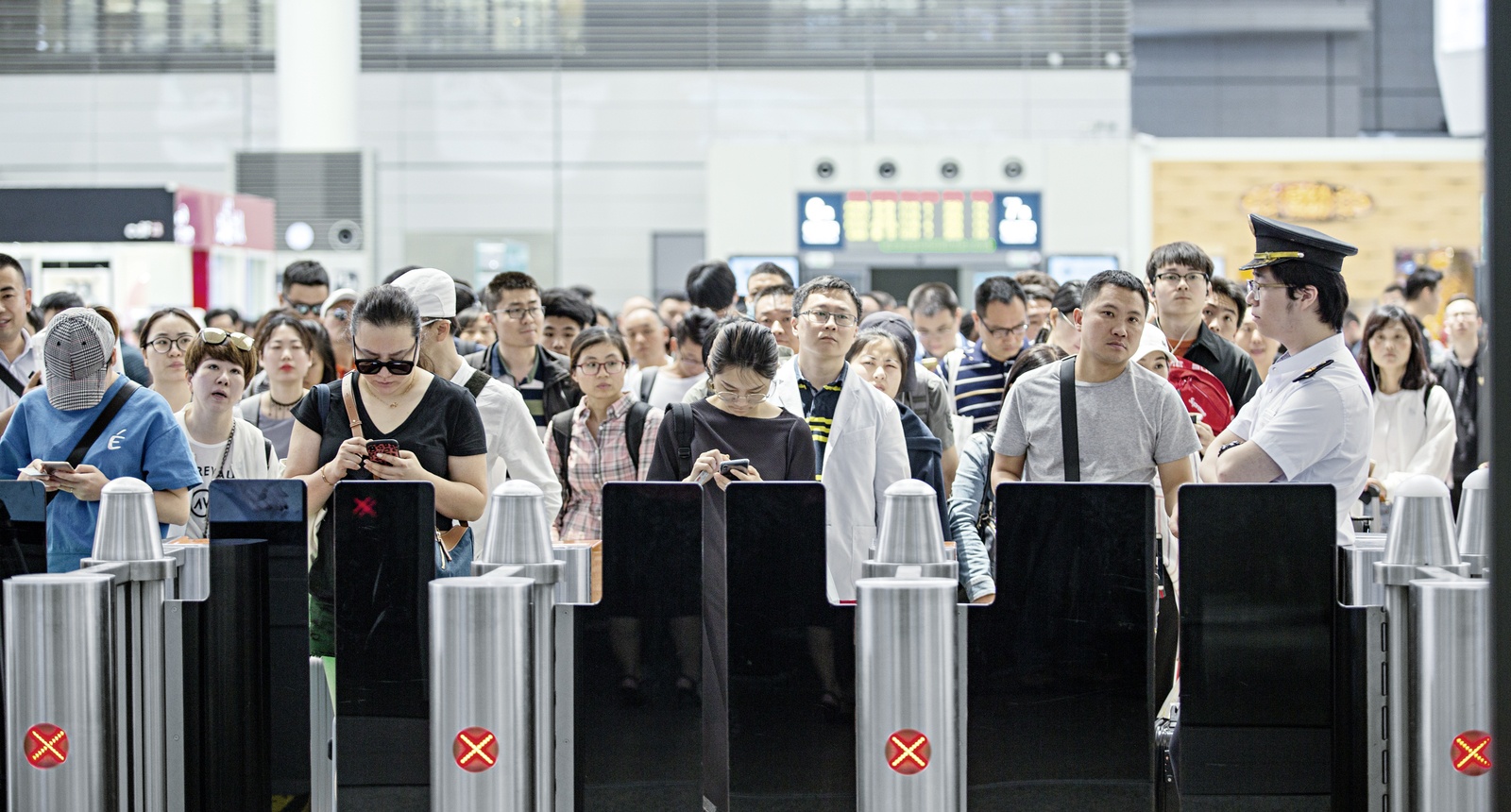
Cleanliness is a number one priority
“It’s always full here,” says Zhu. The 40-year-old wears a white shirt and blue trousers. Her hair is precisely pinned up. She has been working at the train station in the west of the megacity for five years. To start with, she saw it as just another job. Today, she sees it as a special privilege. Although many travellers barely notice her or her colleagues, Zhu sees this as a sign that she’s doing her job well. “If it’s clean, the passengers feel good,” she says. This is another reason why cleanliness is a number one priority.
The train station is a complex system, the rhythm of which Zhu understands. She moves through the chaos with purpose. In her team, which is responsible for the second and third floors of the three-story building, there are 30 colleagues per shift. In the past, Zhu might have walked up to 50,000 steps a day. This year, her employer Huatie Lüfu started using cleaning machines from Kärcher. This has made work significantly easier for Zhu and her team. Thus, the step count has gone down to only 10,000 a day. She spends the rest of the time on the B 250 R, a ride-on scrubber, and does her rounds through the endless train station.
Machines ensure safety
Almost all travellers carry flasks for tea, which they can fill up with hot water in the rest room and on trains. Many passengers with long journeys ahead of them also have a quick bite to eat before they get going. If there are any spills, Zhu and her team used to have to drag out a mop and bucket. “But the surfaces dry too slowly,” she says. Passengers had to be kept away from the area to minimize the risk of accidents. Now they can drive over dirty areas with their machines, leaving them dry and safe to walk on right away.
The team communicates via walkie-talkies to coordinate where they are needed. As of this year, more than 50 Kärcher machines are in use here. They are stored at various assembly points around the building. The small machines are manufactured in China; the large ones are imported from Germany. Zhu has never been there, but she is familiar with the country now that she uses its many high-quality products. Germany isn’t known as the “land of virtue” in Chinese for nothing.
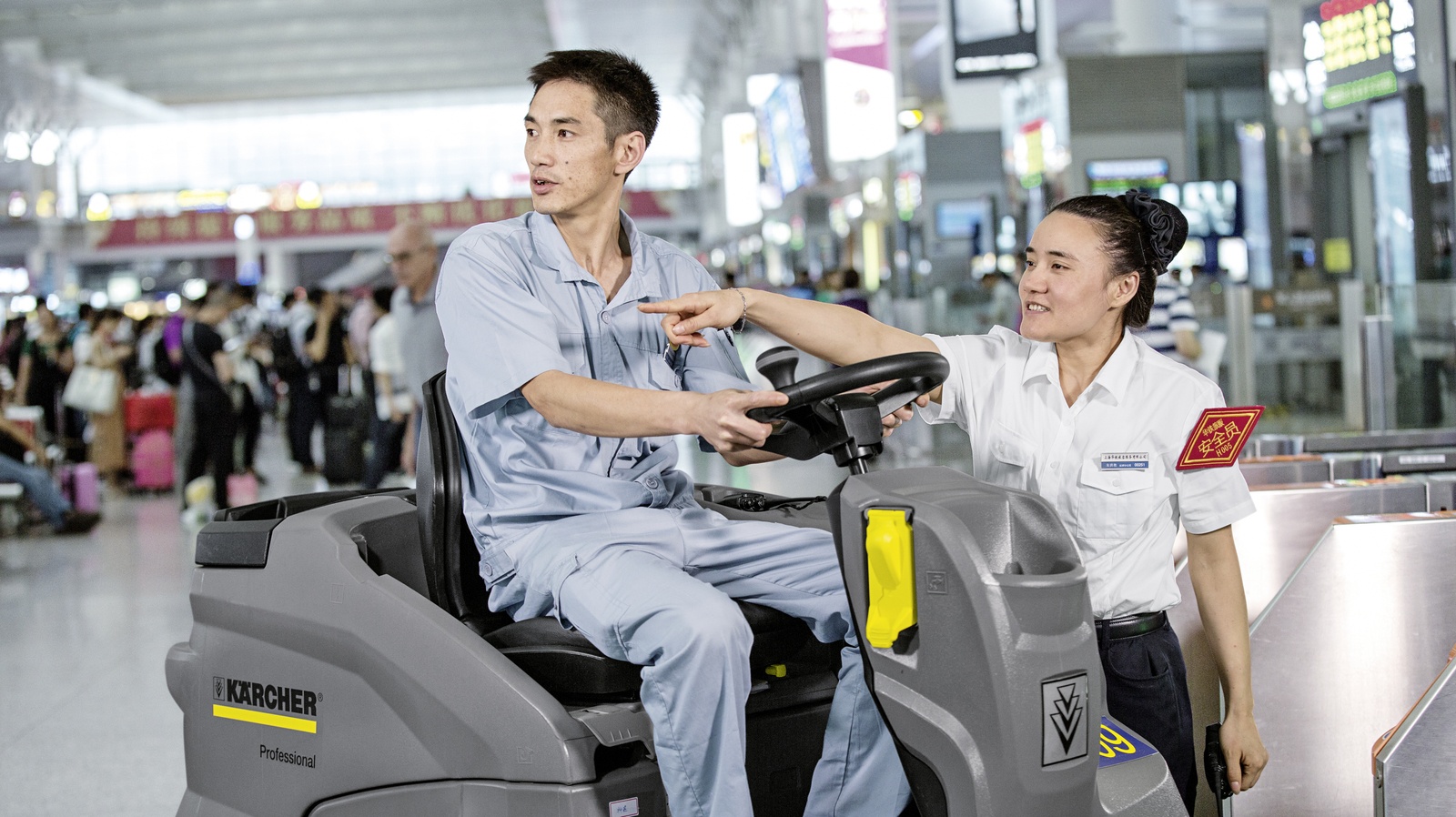

A total of 27 ride-on floor scrubbers from Kärcher are in action at the Shanghai Hongqiao train station.
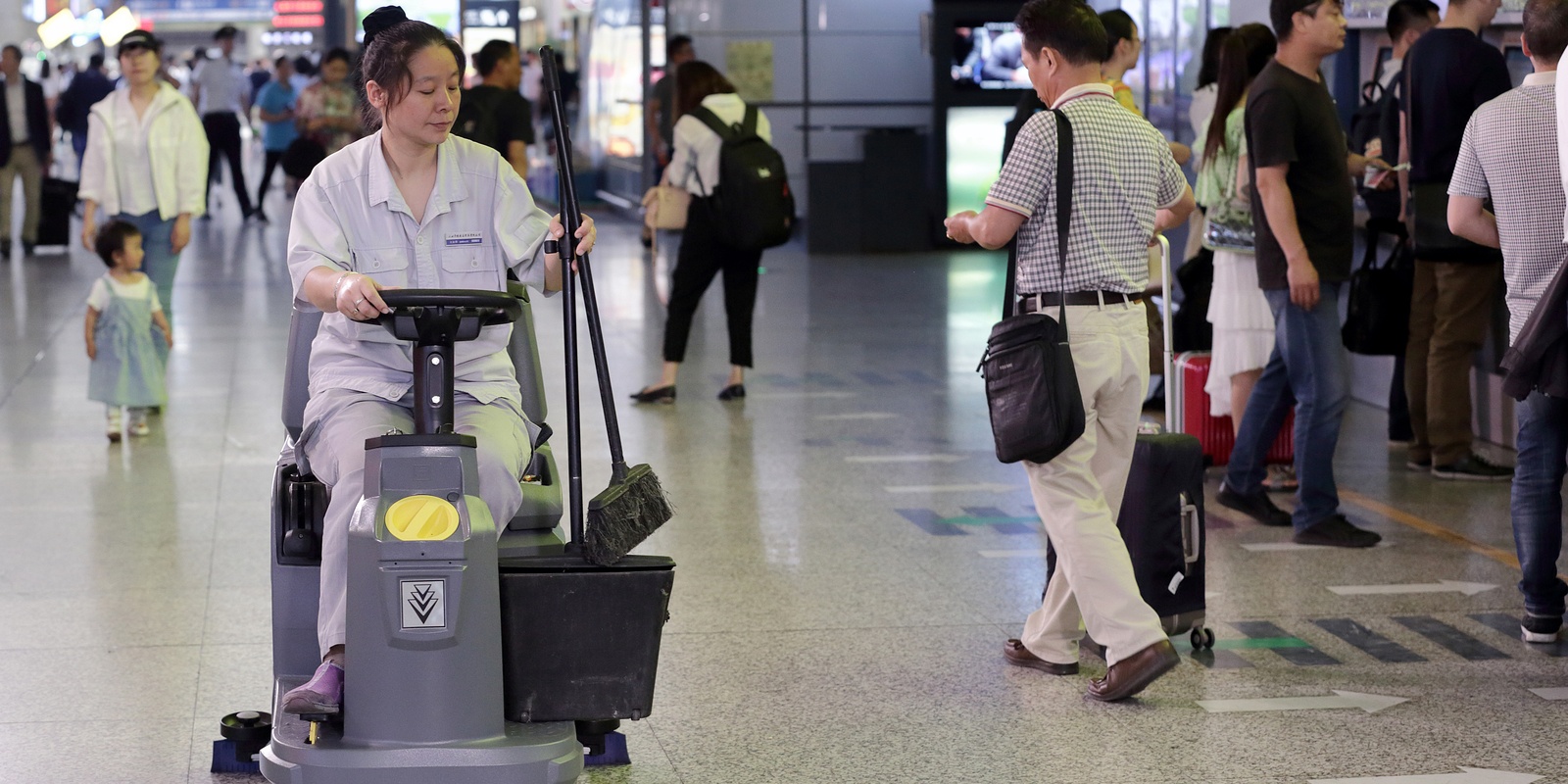
Among them, the BD 50 / 70 R Bp Pack Classic, which is especially suited to the smaller, awkward spaces of the train station thanks to its small turning radius.
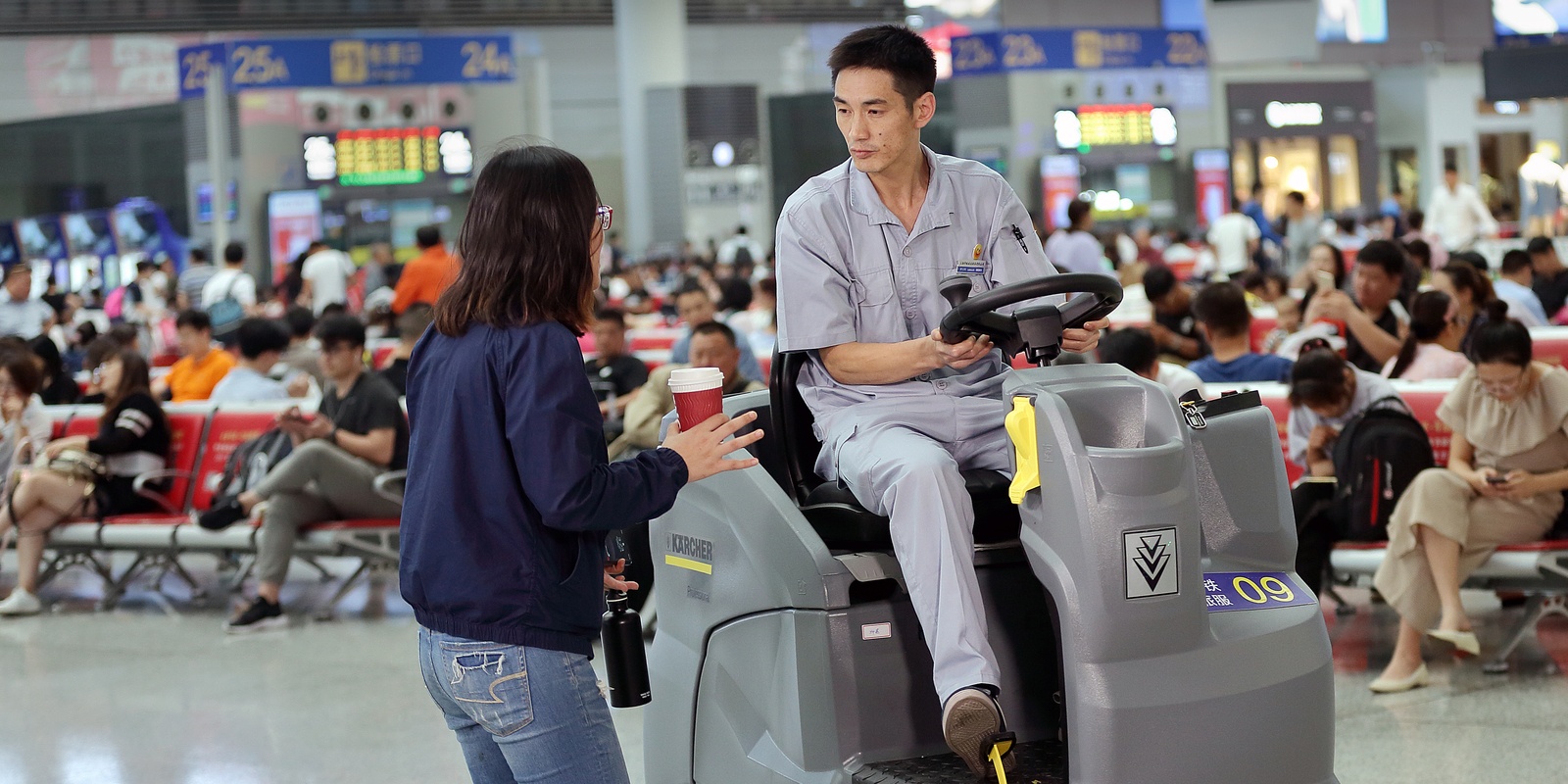
And the B 250 R Bp, which is designed to clean large spaces.
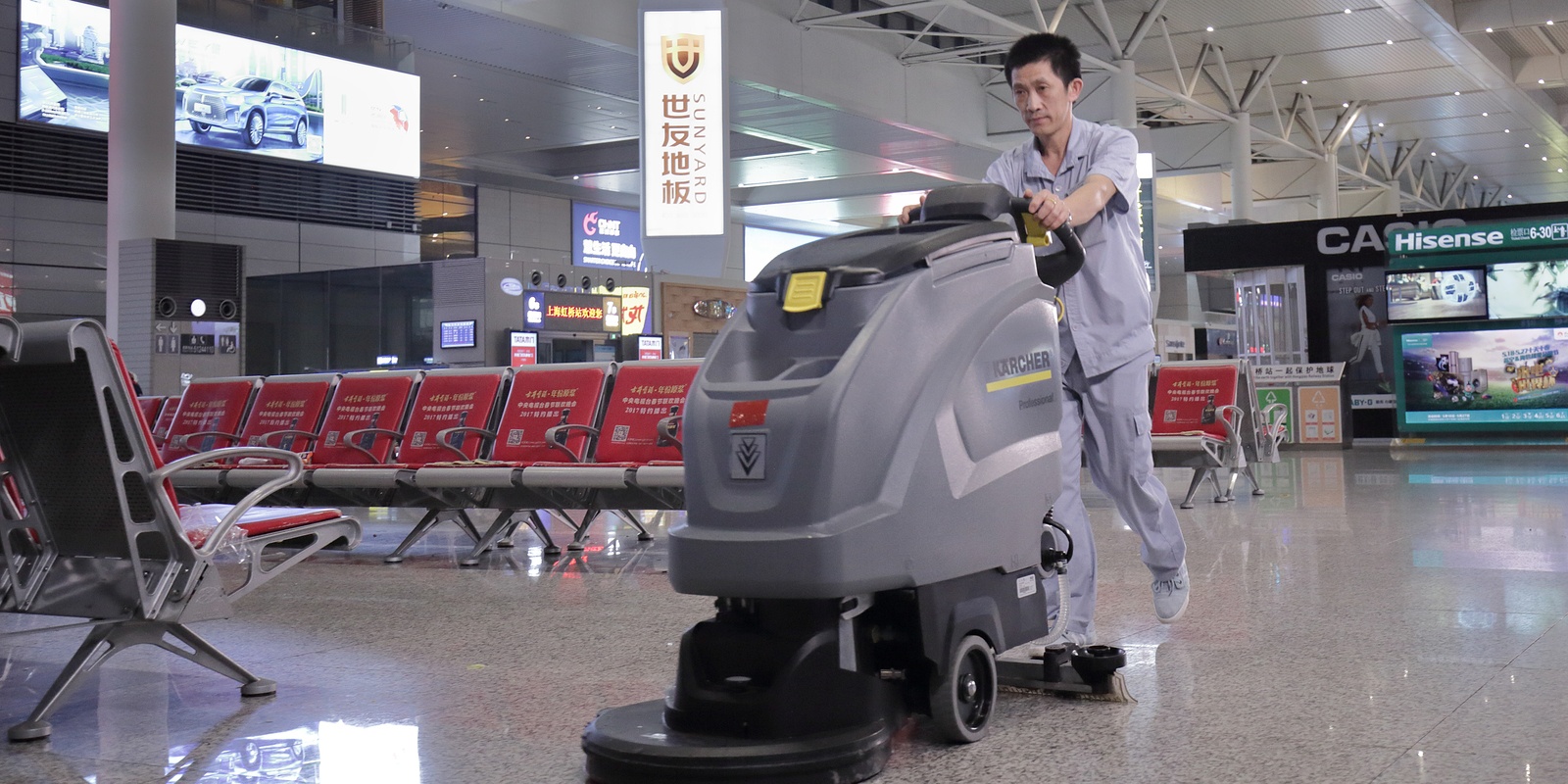
The fleet of ride-on machines is supplemented by a few walk-behind scrubbers, a universal cleaning machine and an escalator cleaner.
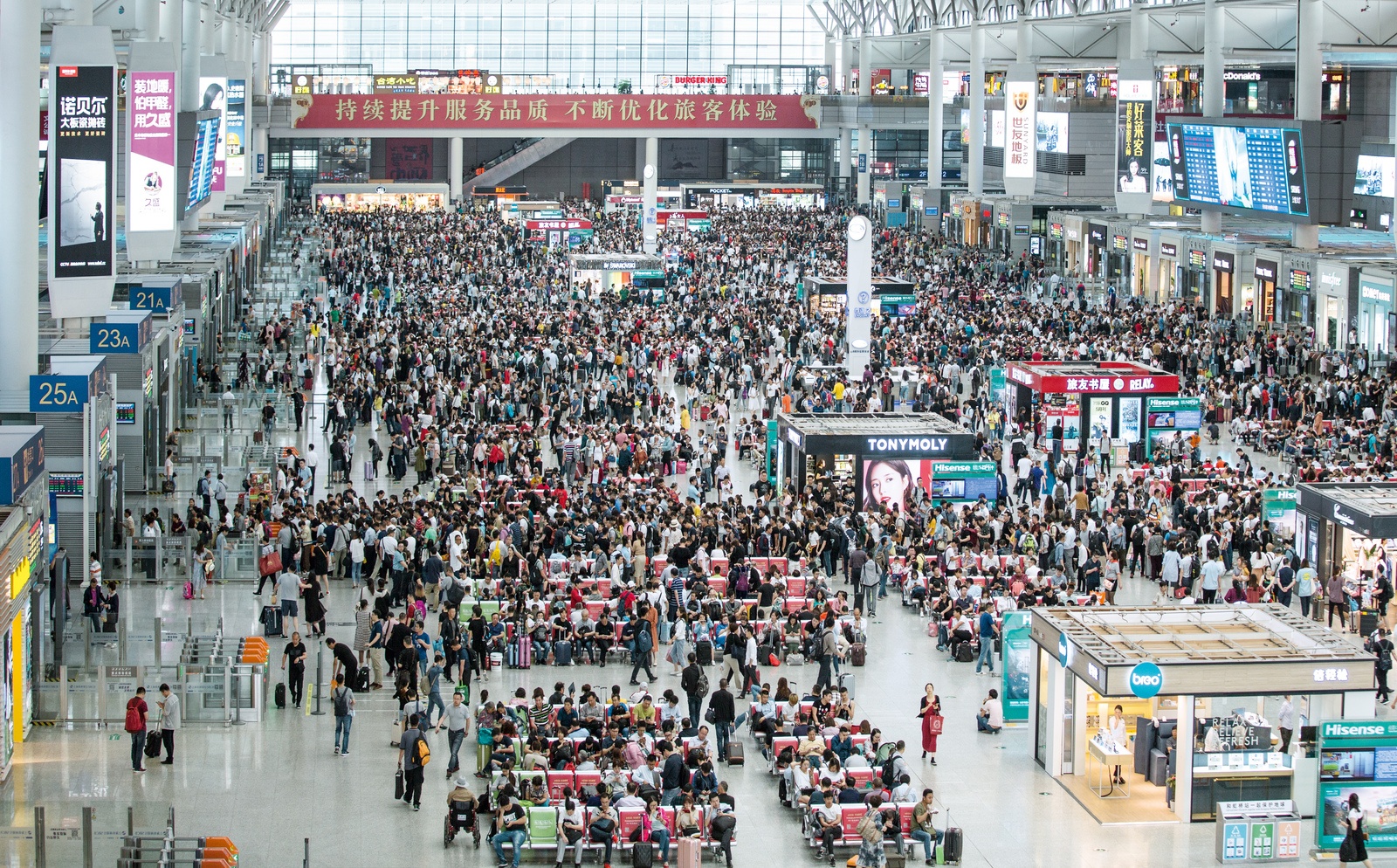
Another secret that only Zhu knows about is her office. The way there evokes a sense of the Harry Potter novels, in which only wizards know about the hidden platform 9¾. To get to Zhu’s office, visitors need to go through a toy shop where Chinese childhood heroes are piled high on the shelves. Behind the registers, there is an almost invisible door with a small silver keyhole. The right key opens the door to a room that, judging from the outside, you would never think existed. Inside there is a sofa, a desk, a fridge and a microwave. It is a little oasis of calm where staff can have their lunch, discuss work plans and spend their break.
The largest migration of people in the world
The most stressful time of year comprises the days around the Spring Festival. The Chinese New Year is celebrated in late January or February every year. For the celebration, up to 700 million people travel to their home towns – and most of them take the train. The Festival involves the largest mass human migration in the world. Travellers are laden with presents. Those who can afford it, bring their parents a mobile phone from the city. Farmers bring their families their juiciest fruit. Whole pigs are packaged up and swung onto shoulders.
For Zhu, this time can be tough. The 40-year-old has lived in Shanghai for more than ten years. Together with her husband, she works for the state-owned enterprise. Her home town is in Anhui, a province a few hundred miles away. It is difficult for people who were not born in Shanghai to register their children at schools in the city.
For this reason, her daughter lives with her grandparents. “She often used to ask me why all the other parents came to the Spring Festival but not me,” she tells us. Zhu’s voice trembles slightly at the memory. “But I was able to help other children see their parents,” she says today. This fact makes her proud as she straightens her posture and nods decisively. This too is simply part of her job. She can also take time off once the Spring Festival is over and things have calmed down again. Then Zhu boards the train home with her husband – from the Shanghai Hongqiao train station, of course.

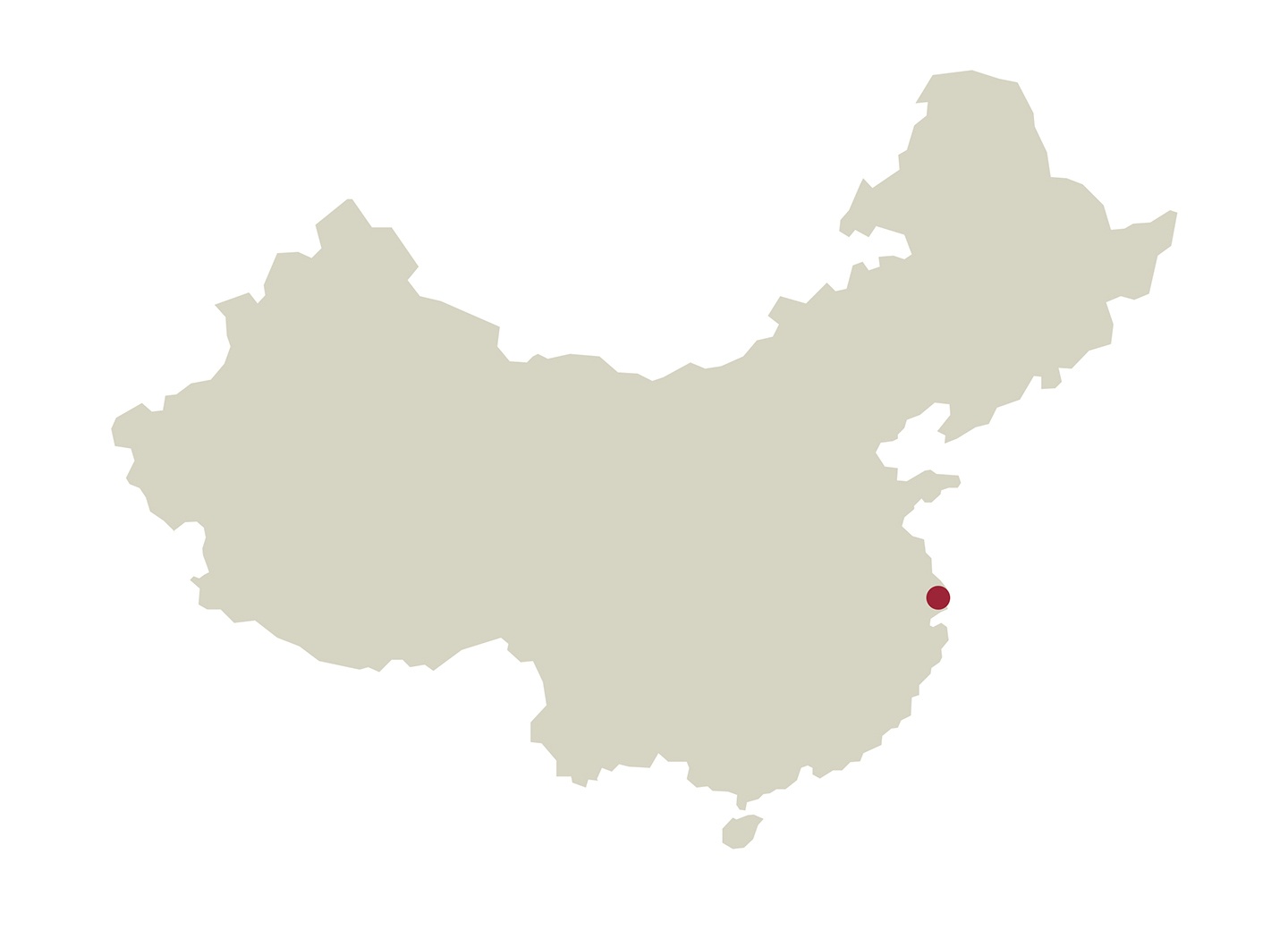
5 FACTS ABOUT SHANGHAI
- With more than 23 million inhabitants, Shanghai is the third-largest city in the world.
- Numerous universities, museums and research institutes make the metropolis an important cultural and educational center.
- As a direct-controlled municipality, Shanghai has the status of a province directly subordinate to the Chinese central government.
- Its harbor is the largest container handling port in the world.
- The city’s excellent transport links have significantly contributed to its great economic success.

